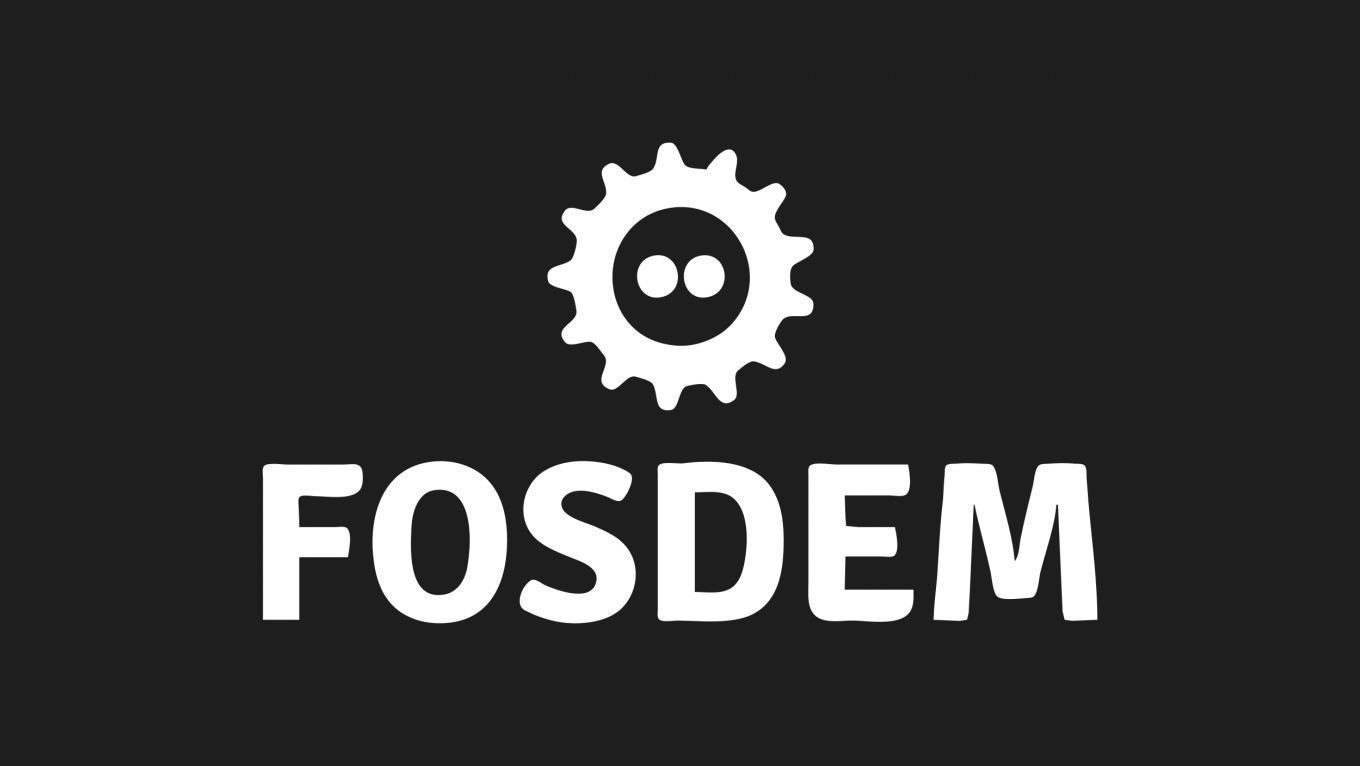Monitoring and Observability
What More Can I Learn From My OpenTelemetry Traces?
<p>Of the three observability data types supported by OpenTelemetry (metrics, logs, and traces) the latter is the one with most potential. Tracing gives users insights into how requests are processed by microservices in a modern, cloud-native architecture.</p>
<p>Jaeger and Grafana can visualize a single trace, showing how an individual request traversed your entire system. This helps for distributed debugging and analysis, but using traces only this way is limiting.</p>
<p>What if you stored tracing data in a SQL database? You could ask global questions about your system. You could find slow communication paths, where the error rate spiked since the last deployment, or where the request rate suddenly dropped. Thus, tracing can be used proactively to help you spot issues before your customers do.</p>
<p>This talk will show you how to do all the above by ingesting OpenTelemetry traces into a PostgreSQL/TimescaleDB database, and building custom dashboards using SQL to make the most out of your tracing data.</p>
What is a trace?
What is OpenTelemetry?
View an OpenTelemetry trace in Jaeger
Overview of OpenTelemetry trace data model
How it might be represented in a relational-database model - PostgreSQL
Demonstrate a variety of SQL queries which provide insights into a system explaining the value
View these queries in a Grafana dashboard
Additional information
| Type | devroom |
|---|
More sessions
| 2/6/22 |
<p>Opening!</p>
|
| 2/6/22 |
<p>In this session, we’ll see why we adopted OpenTelemetry & its collector for an internal platform at Ubisoft - to collect/process/export all our logs, metrics, and traces. We’ll explain how we handled the required mindset change: why people should instrument more their code, and how to onboard them. And of course, we’ll talk about the benefits of fully adopting OpenTelemetry.</p> <p>The intended audience is people who want to adopt OpenTelemetry, or who are already using part of it - ...
|
| 2/6/22 |
<p>A gentle introduction to Observability and how to setup a highly available monitoring platform across multiple datacenters.</p> <p>During this talk we will investigate how we can setup and monitor an monitoring setup across 2 DCs using Prometheus, Loki, Tempo, Alertmanager and Grafana. monitoring some services with some lessons learned along the way.</p>
|
| 2/6/22 |
<p>Profiling is an effective way of understanding which parts of your application are consuming the most resources. Traditionally, logs, metrics and traces have been considered the three pillars of observability, but more recently profiling has emerged as a fourth pillar to be used alongside these other observability tools.</p> <p>Continuous Profiling, in particular, adds a dimension of time that allows you to understand your system’s resource usage (i.e. CPU, Memory, etc.) over time and gives ...
|
| 2/6/22 |
<p>In this session, we’ll see eBPF monitoring in action applied to the Kafka world as an example of a complex Java application: identify Kafka consumers, producers, and brokers, see how they interact with each other and how many resources they consume. We'll even show how to measure consumer lag without external components. If you want to know what’s next in Java and Kafka observability in Kubernetes, this session is for you.</p>
|
| 2/6/22 |
<p>This talk is aimed for engineers operating in distributed environments (or microservices) interested in monitoring exceptions at scale. We introduce the open source project "Periskop", a pull-based exception monitoring service built at SoundCloud and inspired by Prometheus.</p>
|
| 2/6/22 |
<p>Continuous profiling is a widely used practice at Google but has only recently started gaining popularity in the Observability space, however, resources on this topic are still rare compared to other observability signals especially on open source projects. This talk intends to educate the wider community about the possibilities of continuous profiling, and give a glimpse into open-source tooling allowing everyone to join in on the practice and enabling everyone to build better software.</p>
|

